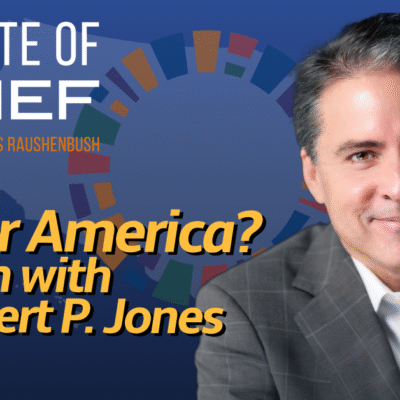“The year 1983 was crucial in many ways…” Walter Famler describes the geopolitical landscape in which the beginnings of a common publishing project emerged. From the Cold War division of Europe arose a need to reach out and share ideas on the mutual challenges that lay ahead. The first-ever European Meeting of Cultural Journals was held on neutral ground in Switzerland in 1983.
In 1995, a meeting in Vienna extended its invite to journals from the former Soviet bloc, and, “for the first time, addressed the media revolution triggered by the internet”.
It wasn’t until 1997 in Moscow that the potential of the World Wide Web came into the spotlight, leading to the establishment of the network’s own web magazine, Eurozine in 1998.
‘As fast as that…’ points out Judith-Vidal Hall, ‘it was the impassioned tearing down of the wall that divided Europe physically’ that followed the stream of journals wanting to find common ground and build a shared culture. ‘This remains the very precious discovery and legacy of Eurozine’.
Today, Eurozine is partnered with over 100 journals, magazines and institutions from most European countries, offering translations and language versions beside its English language publishing. The fight for space and attention continues as technology changes, yet, some journals are still rooted in print and still hold skepsis about the Internet as a whole.
“It was somewhat an understandable and natural move to use the Internet for further dissemination and a wider audience” points out Andrea Zerdebauer, “the second reason why it was so compelling for print magazines to use it as a tool was because of its archival function”.
“In essence … the editors who doubted the relevance of the Internet, suggesting that it’s mostly porn and then tidbits on the side… they were right”. Carl Henrik Fredriksson provokes the future of cultural ever expanding content, questioning what the future of Eurozine holds.
Today’s guests
Judith Vidal-Hall is a member of the Eurozine Advisory Board and has been recently appointed to the board of Centre Librexpression. She is a former editor of the free expression magazine Index on Censorship.
Walter Famler is a publisher, harmonium player, and the general secretary of the Alte Schmiede Kunstverein in Vienna. He has been a long-term editor of Eurozine’s founding partner journal Wespennest.
Andrea Zederbauer is co-editor of the Eurozine partner journal Wespennest and a translator from Swedish.
Carl Henrik Fredriksson is a Swedish literary critic, columnist, essayist, and translator based in Vienna. He was Eurozine‘s first editor-in-chief from 1998 until 2015, and was previously the editor-in-chief of Swedish partner journal Ord&Bild.
We meet with them at the Alte Schmiede Kunstverein, Vienna
Creative team
Réka Kinga Papp, editor-in-chief
Merve Akyel, art director
Szilvia Pintér, producer
Zsófia Gabriella Papp, executive producer
Salma Shaka, writer-editor
Priyanka Hutschenreiter, project assistant
Management
Hermann Riessner managing director
Judit Csikós project manager
Csilla Nagyné Kardos, office administration
OKTO Crew
Senad Hergić producer
Leah Hochedlinger video recording
Marlena Stolze video recording
Clemens Schmiedbauer video recording
Richard Brusek sound recording
Video Crew Budapest
Nóra Ruszkai, sound engineering
Gergely Áron Pápai, photography
László Halász, photography
Postproduction
Nóra Ruszkai, lead video editor
István Nagy, video editor
Milán Golovics, conversation editor
Art
Victor Maria Lima, animation
Cornelia Frischauf, theme music
Captions and subtitles
Please see updated list in previous document with my comment.
Hosted by the Alte Schmiede Kunstverein, Vienna
Related reads
Widening the context: The making of a European journals network by Carl Henrik Fredriksson and Klaus Nellen, Eurozine.
Eurozine Timeline since 1983, Eurozine.
Disclosure
This talk show is a Display Europe production: a ground-breaking media platform anchored in public values.
This programme is co-funded by the Creative Europe Programme of the European Union and the European Cultural Foundation.
Importantly, the views and opinions expressed here are those of the authors and speakers only and do not necessarily reflect those of the European Union or the European Education and Culture Executive Agency (EACEA). Neither the European Union nor the EACEA can be held responsible for them.




